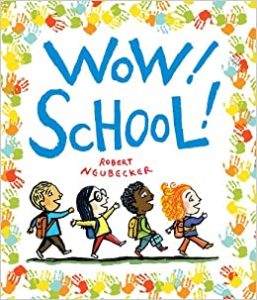Well, 2024 is officially in the rearview mirror! That means I’ve had a whole year to delve into the delightful stacks of picture books published this past year, and I’m thrilled to share my favorites with you.
For those unfamiliar with OPB, I select books based on the following:
- Books that have heart.
- Books that resonate.
- Books that are skillfully done.
- Books that matter.
But to earn a spot on the “Best of 2024” list, a book needs to go above and beyond. This year, I was particularly drawn to books with these qualities:
- A Unique Perspective: Books that offer a fresh way of seeing the world, whether it’s through an unusual narrative voice, an unexpected theme, or a groundbreaking artistic style.
- Emotional Resonance: Stories that tap into the depths of human emotion, sparking empathy, understanding, and connection in readers of all ages.
- Lyrical Language: Books with a musicality to their words, where the rhythm and flow of the language enhance the story’s impact.
- Artistic Brilliance: Illustrations that not only complement the text but also tell their own story, captivating the eye and enriching the reading experience.
- Lasting Impact: Books that stay with you long after you’ve turned the final page, prompting reflection, conversation, and a deeper understanding of ourselves and the world around us.
In no particular order (except alphabetical, for the sake of organization), here are OPB’s standout picture books of 2024. As always, I’m including my signature 5‑word reviews for each title, along with a link to the book’s Goodreads page.
Of course, this list is just a snapshot of the many wonderful picture books published in 2024. If I missed your favorite, please share it in the comments.
Now, let’s dive into the books!
 Ahoy!
Ahoy!
Author: Sophie Blackall
Illustrator: Sophie Blackall
Anne Schwartz Books
2 April 2024
48 pages
OPB’s five-word review: Parent-child hijinks spark comedic magic.
 All That Grows
All That Grows
Author: Jack Wong
Illustrator: Jack Wong
Groundwood Books
5 March 2024
32 pages
OPB’s five-word review: Gentle exploration roots lifelong curiosity.
 All the Books
All the Books
Author: Hayley Rocco
Illustrator: John Rocco
Little, Brown Books for Young Readers
1 October 2024
48 pages
OPB’s five-word review: Warm ode to libraries’ wonders.
 Built to Last
Built to Last
Author:
Illustrator: Dan Santat
Knopf Books for Young Readers
30 April 2024
40 pages
OPB’s five-word review: Creative chaos builds unbreakable friendship.
 Clever Crow
Clever Crow
Author: Chris Butterworth
Illustrator: Olivia Lomenech Gill
Candlewick
9 July 2024
32 pages
OPB’s five-word review: Witty crow world wonders–lovely.
 Comet Chaser: The True Cinderella Story of Caroline Herschel, the First Professional Woman Astronomer
Comet Chaser: The True Cinderella Story of Caroline Herschel, the First Professional Woman Astronomer
Author: Pamela S. Turner
Illustrator: Vivien Mildenberger
Chronicle Books
5 March 2024
60 pages
OPB’s five-word review: Persistence crafts a stellar legacy.
 Crowning Glory: A Celebration of Black Hair
Crowning Glory: A Celebration of Black Hair
Author: Carole Boston Weatherford
Illustrator: Ekua Holmes
Candlewick
3 September 2024
32 pages
OPB’s five-word review: Vibrant collages uplift every curl.
 The Dictionary Story
The Dictionary Story
Author: Oliver Jeffers
Illustrator: Sam Winston
Candlewick
27 March 2024
56 pages
OPB’s five-word review: Hilarious hijinks in alphabetic pandemonium.
 Finding Things
Finding Things
Author: Kevin Henkes
Illustrator: Laura Dronzek
Greenwillow Books
14 May 2024
32 pages
OPB’s five-word review: Serendipity sparks joy, connection, contentment.”
 Good Night Thoughts
Good Night Thoughts
Author: Max Greenfield
Illustrator: James Serafino
G.P. Putnam’s Sons Books for Young Readers
3 September 2024
32 pages
OPB’s five-word review: Greenfield soothes sleepless little minds.
 Hanukkah Pajamakkahs
Hanukkah Pajamakkahs
Author: Dara Henry
Illustrator: Olga & Aleksey Ivanov
Sourcebooks Jabberwocky
3 September 2024
40 pages
OPB’s five-word review: Ruthie’s resilience makes Hanukkah shine.
Home in a Lunchbox
Author: Cherry Mo
Illustrator: Cherry Mo
Penguin Workshop
11 June 2024
40 pages
OPB’s five-word review: Vibrant bites bridge shy beginnings.
 I Am Gravity
I Am Gravity
Author: Henry Herz
Illustrator: Mercè López
Tilbury House Publishers
16 April 2024
32 pages
OPB’s five-word review: Herz balances science with elegance.
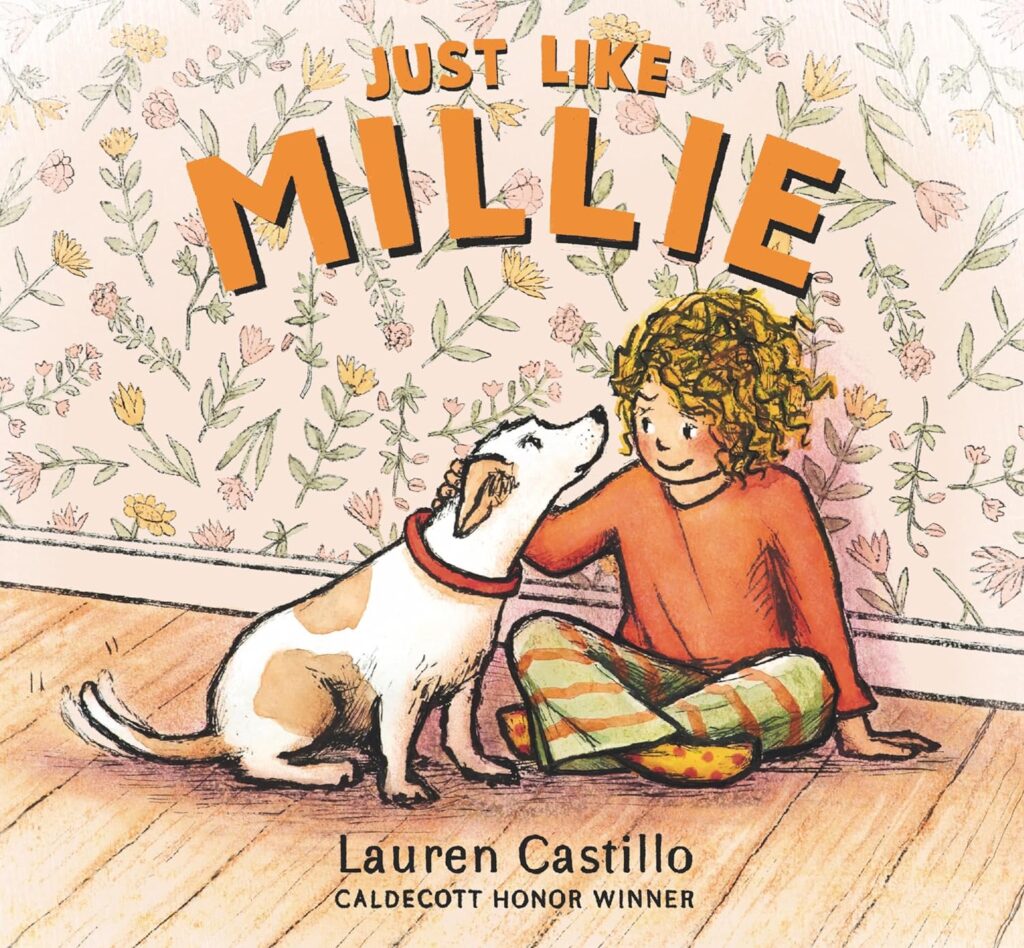 Just Like Millie
Just Like Millie
Author: Lauren Castillo
Illustrator: Lauren Castillo
Candlewick
27 March 2024
40 pages
OPB’s five-word review: Subtle sweetness transforms anxious beginnings.
 The Last Stand
The Last Stand
Author: Antwan Eady
Illustrator: Jarret and Jerome Pumphrey
Knopf Books for Young Readers
30 January 2024
40 pages
OPB’s five-word review: Generations harvest love and hope.
 The Last Zookeeper
The Last Zookeeper
Author: Aaron Becker
Illustrator: Aaron Becker
Candlewick
26 March 2024
40 pages
OPB’s five-word review: Luminescent artwork animates quiet heroism.
 Nothing: John Cage and 4′33″
Nothing: John Cage and 4′33″
Author: Nicholas Day
Illustrator: Chris Raschka
Neal Porter Books
2 April 2024
40 pages
OPB’s five-word review: Silence resonates, music redefined brilliantly.
 Ode to Grapefruit: How James Earl Jones Found His Voice
Ode to Grapefruit: How James Earl Jones Found His Voice
Author: Kari Lavelle
Illustrator: Bryan Collier
Knopf Books for Young Readers
30 July 2024
48 pages
OPB’s five-word review: Words transform struggle into strength.
 Piper Chen Sings
Piper Chen Sings
Author: Phillipa Soo and Maris Pasquale Doran
Illustrator: Qin Leng
Random House Studio
2 April 2024
40 pages
OPB’s five-word review: Harmony blooms amidst heartfelt jitters.
 Small Things Mended
Small Things Mended
Author: Casey W. Robinson
Illustrator: Nancy Whitesides
Rocky Pond Books
19 March 2024
40 pages
OPB’s five-word review: Broken things inspire gentle healing.
 The Table
The Table
Author: Winsome Bingham and Wiley Blevins
Illustrator: Jason Griffin
Neal Porter Books
17 September 2024
56 pages
OPB’s five-word review: Furniture holds history, fosters empathy.
 Thank You
Thank You
Author: Jarvis
Illustrator: Jarvis
Candlewick
6 August 2024
32 pages
OPB’s five-word review: Whimsy meets heartfelt thankfulness beautifully.
 World More Beautiful: The Life and Art of Barbara Cooney
World More Beautiful: The Life and Art of Barbara Cooney
Author: Angela Burke Kunkel
Illustrator: Becca Statlander
Random House Studio
6 August 2024
40 pages
OPB’s five-word review: Visionary illustrator leaves lasting legacy.
 The Yellow Bus
The Yellow Bus
Author: Loren Long
Illustrator: Loren Long
Roaring Brook Press
25 June 2024
48 pages
OPB’s five-word review: Timeless story, ultimate second chances.



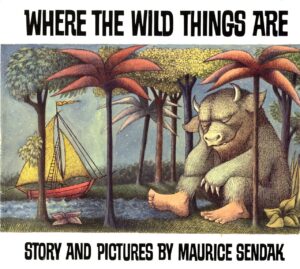
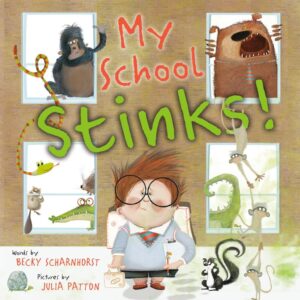
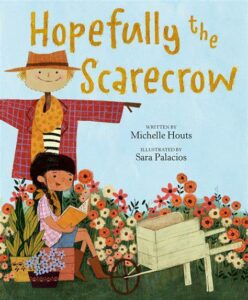
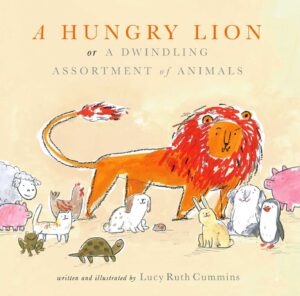
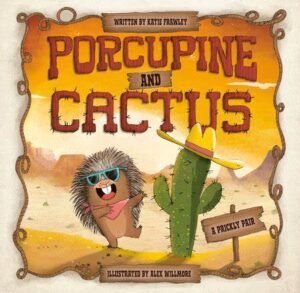
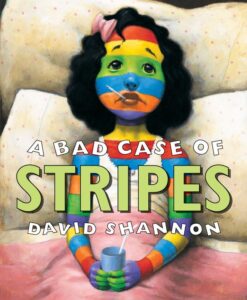
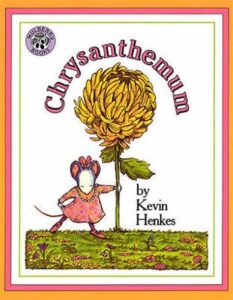
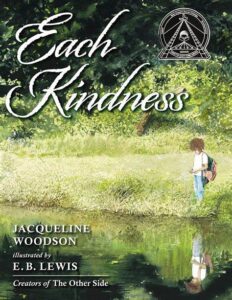
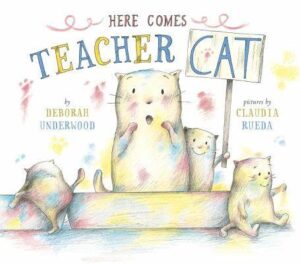
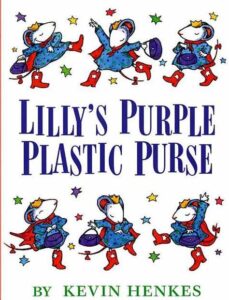
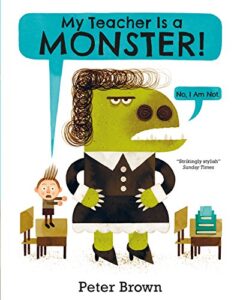
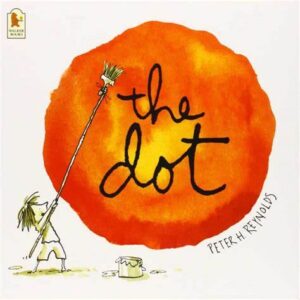
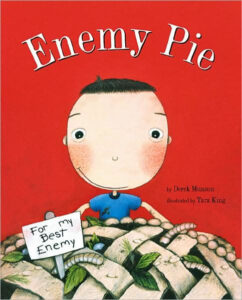
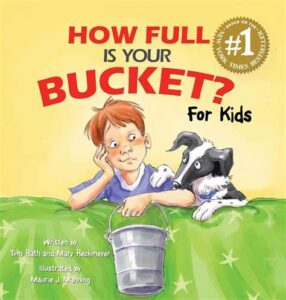
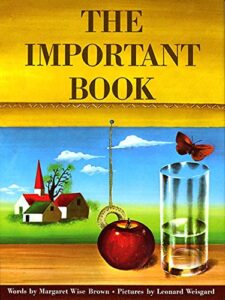
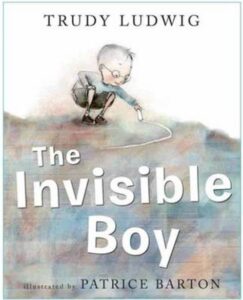
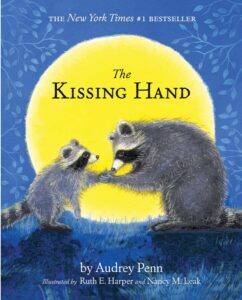
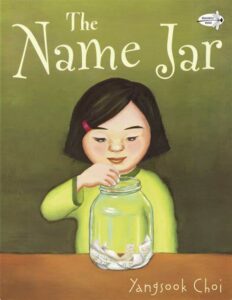
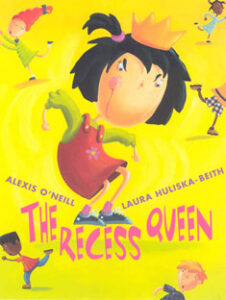
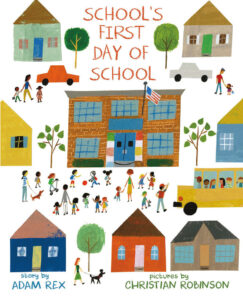
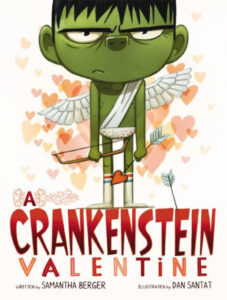
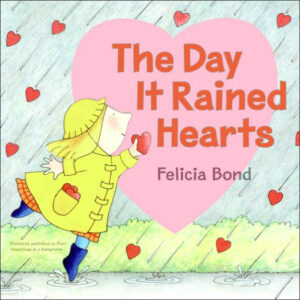
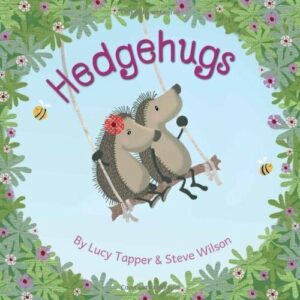
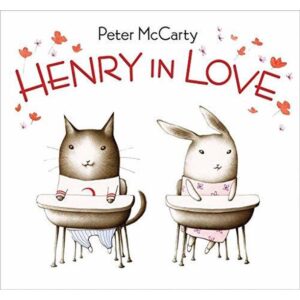
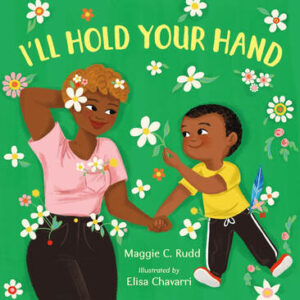 I’ll Hold Your Hand
I’ll Hold Your Hand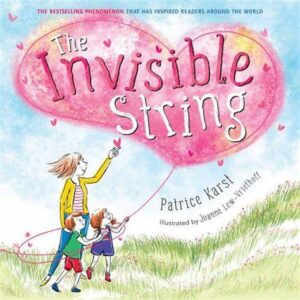
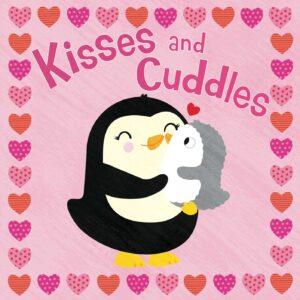
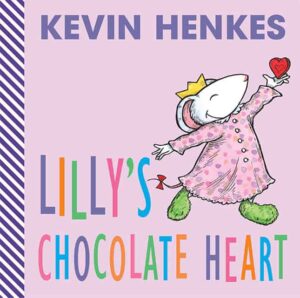
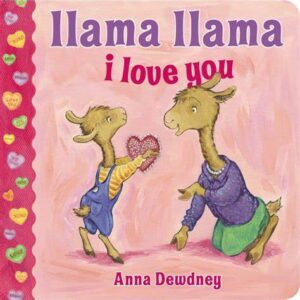
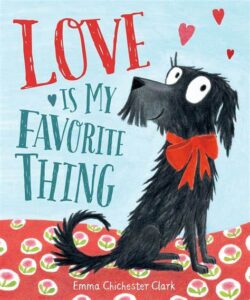
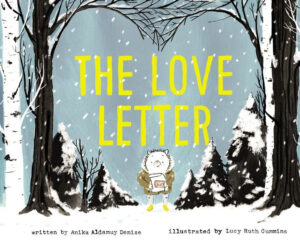
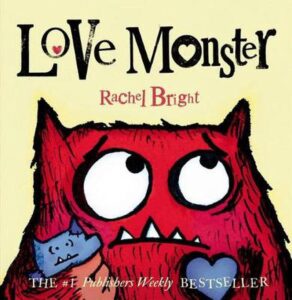
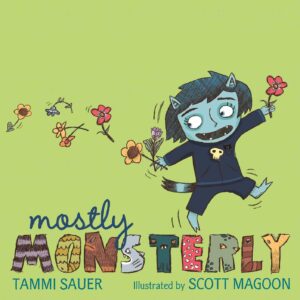
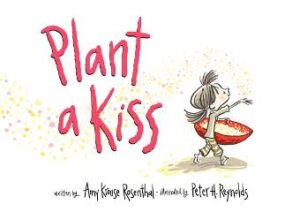
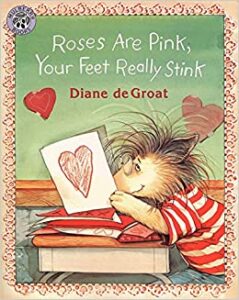
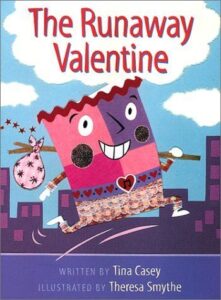
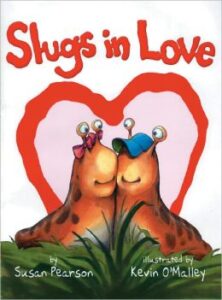
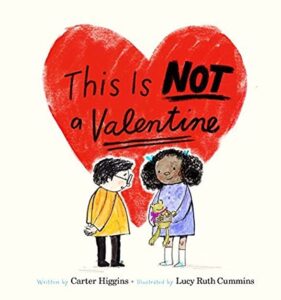
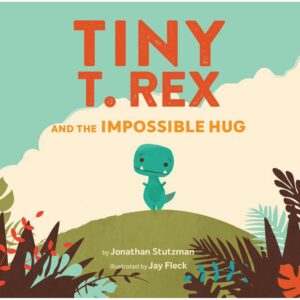
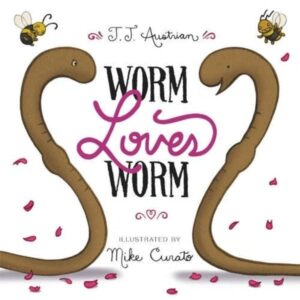
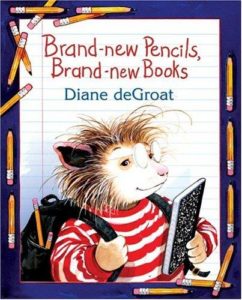
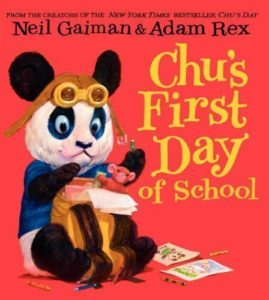 Chu’s First Day of School
Chu’s First Day of School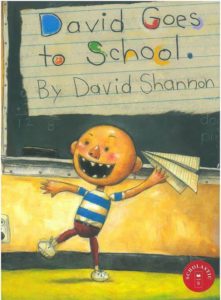 David Goes to School
David Goes to School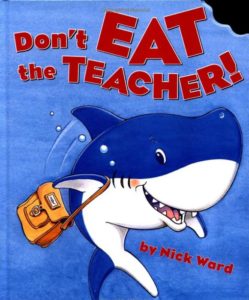 Don’t Eat the Teacher!
Don’t Eat the Teacher!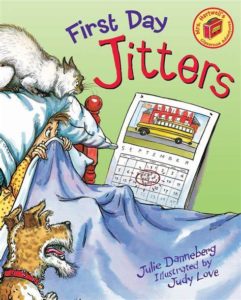 First Day Jitters
First Day Jitters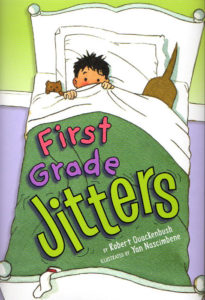 First Grade Jitters
First Grade Jitters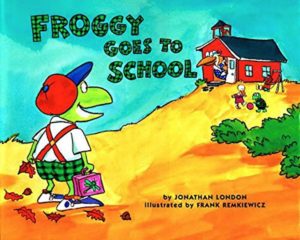 Froggy Goes to School
Froggy Goes to School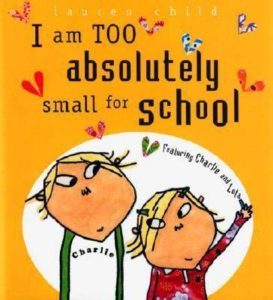
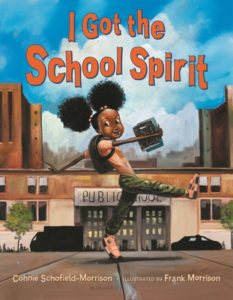 I Got the School Spirit
I Got the School Spirit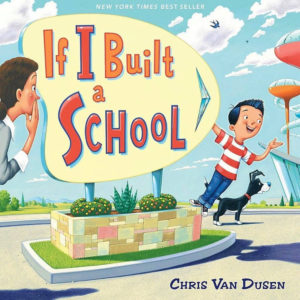
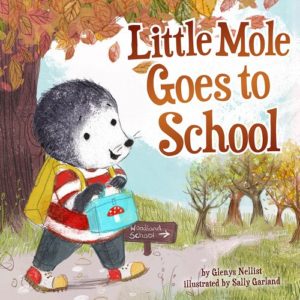 Little Mole Goes to School
Little Mole Goes to School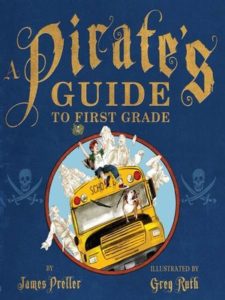 A Pirate’s Guide to First Grade
A Pirate’s Guide to First Grade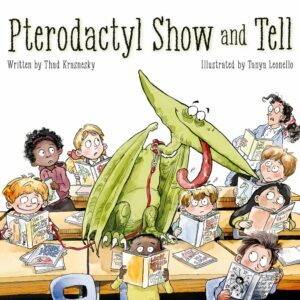
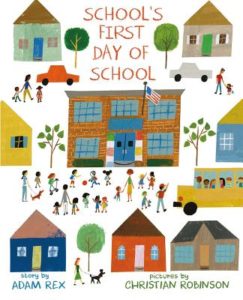
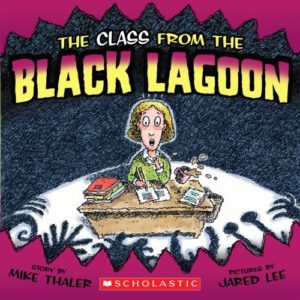 The Class from the Black Lagoon
The Class from the Black Lagoon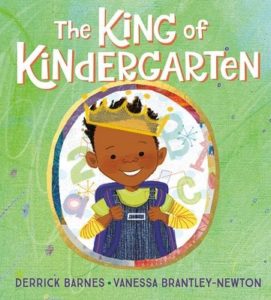 The King of Kindergarten
The King of Kindergarten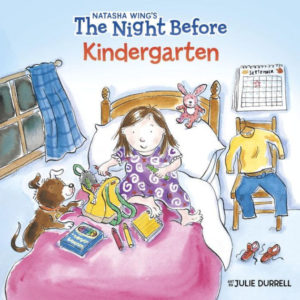 The Night Before Kindergarten
The Night Before Kindergarten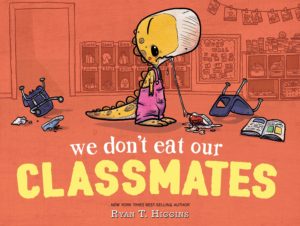 We Don’t Eat Our Classmates
We Don’t Eat Our Classmates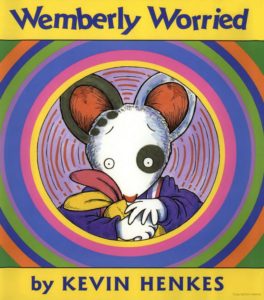 Wemberly Worried
Wemberly Worried 